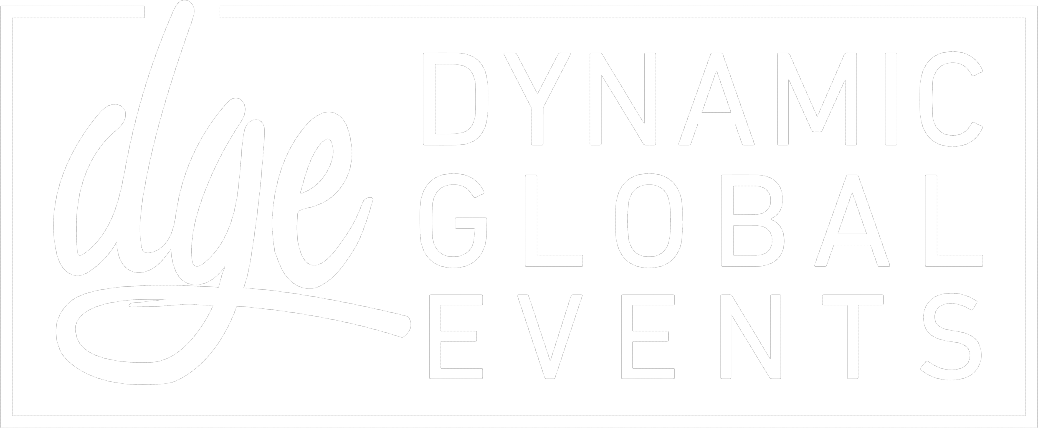Commercial teams are using patient insights to ensure support for the needs of patients throughout the commercial product lifecycle. Gain an understanding of what it means to provide end to end support for patients.
- Learn about how to incorporate patient insights into product launch, marketing and patient support services
- Understand how to work with advocacy teams as subject matter experts
- Uncover which tools can be used to engage with patients and understand what will improve their quality of life
It is critical to understand what transparent partnerships and collaboration with the patient community looks like. Assess ways to identify patient community pain points and communicate effectively to reach mutual goals.
- Understand the dos and don’ts of communication and collaboration
- Assess ways to support patient and physician communication
- Identify opportunities to further understand the patient experience and gain valuable insights
- Determine appropriate language for talking to and about patients
You need to look holistically at patient feedback and where each insight comes from – but do you have the right training and habits of mind for this? Learn about ways to collaborate and better understand needs of patients.
- Work closely with patient advocacy organizations to clearly understand what drives patient behavior
- Work with cross-functional partners to ensure you gather good patient insight
- Validate information to make sure it is based on accurate data
- Help identify existing gaps in communication between patients and health care providers including challenges with access and lack of proper disease education
Hear about current initiatives to increase diversity in clinical trials.
- Discuss current opportunities and challenges for reaching underserved populations
- Leverage commercial teams understanding of health equity
- Unravel challenges that may occur in specific disease.
Understanding how patients drive product development, adoption and equitable access is key to improving health outcomes. Hear about how departments within your organization can come together to look at product planning across the lifecycle and how that plays an important role for patient communities.
- Talk with patients and advocates to learn of the biggest hurdles to awareness and access
- Discuss ways to ensure patients have equitable access from the earliest point
- Create content that equalizes patient and scientific communities
Patient support programs must include wrap-around services to ensure optimal uptake and outcomes for those utilizing them. Yet, industry does not need to shoulder the burden alone. Learn from a case study highlighting the importance of working with both internal and external partners to fill the time-sensitive gap between onset, diagnosis and treatment. Gain examples for turning patient insights into action
- Help to connect patients with national and local resources
- Measure impact to articulate value
Understand how patients and caregivers are impacted by diagnosis and treatment. Learn more about what it means to normalize the idea of whole person care.
- Identify pivotal points where patients and caregivers have stress
- Develop ways to connect patients and caregivers with shared experiences
- Empower patients and caregivers to ask the right questions of their HCPs
Learn about how best to work with your internal patient advocacy partners and determine transparent and respectful ways to manage both launch and sunset.
- Incorporate patient voice when preparing for a launch
- Remember the patient when sunsetting a particular therapy
- Hear about successful disease awareness initiatives
Gain tips for creating and communicating a strategic plan to engage the patient community and incorporate the patient voice.
- Start with the end in mind: Understanding what’s important to the patient community
- Design a framework to deliver value to the patient community
- Keep cross functional communication and support fine-tuned
In an evolving healthcare landscape, the experiences of patients are critical to help inform and inspire science-based innovations that can change and save lives. We must incorporate patient perspectives in clinical development to ensure adoption of new therapies; and, as we continue to harness the power of precision medicine to identify and treat both rare and prevalent diseases, we can incorporate patient advocacy voices to more effectively deliver treatments and solutions that address the serious health problems of today and unlock the potential medicines of tomorrow.
- Ensure new therapeutic approaches drive a positive patient experience, deliver value to health systems and improve outcomes for patients
- How commercial teams can incorporate patient insights into product launch, marketing and patient support services
- Importance of commercial excellence and patient-first strategies as we enter a new era of medical care
There are evolving in-person and digital channels to educate patients. Are you prepared to identify opportunities to respond to patient needs?
- Align the needs of patients with goals for patient education, marketing and patient support programs
- Create safe spaces for patient visual stories
- Improve and personalize products and services according to patient feedback
Work across patient access landscapes to inform brand strategies and long-range planning.
- Understand how patient insights can inform market access and brand strategies
- Create an evidence-based value proposition that includes patient perspectives
- Ensure data collection is relevant to patients and how they make treatment decisions


















